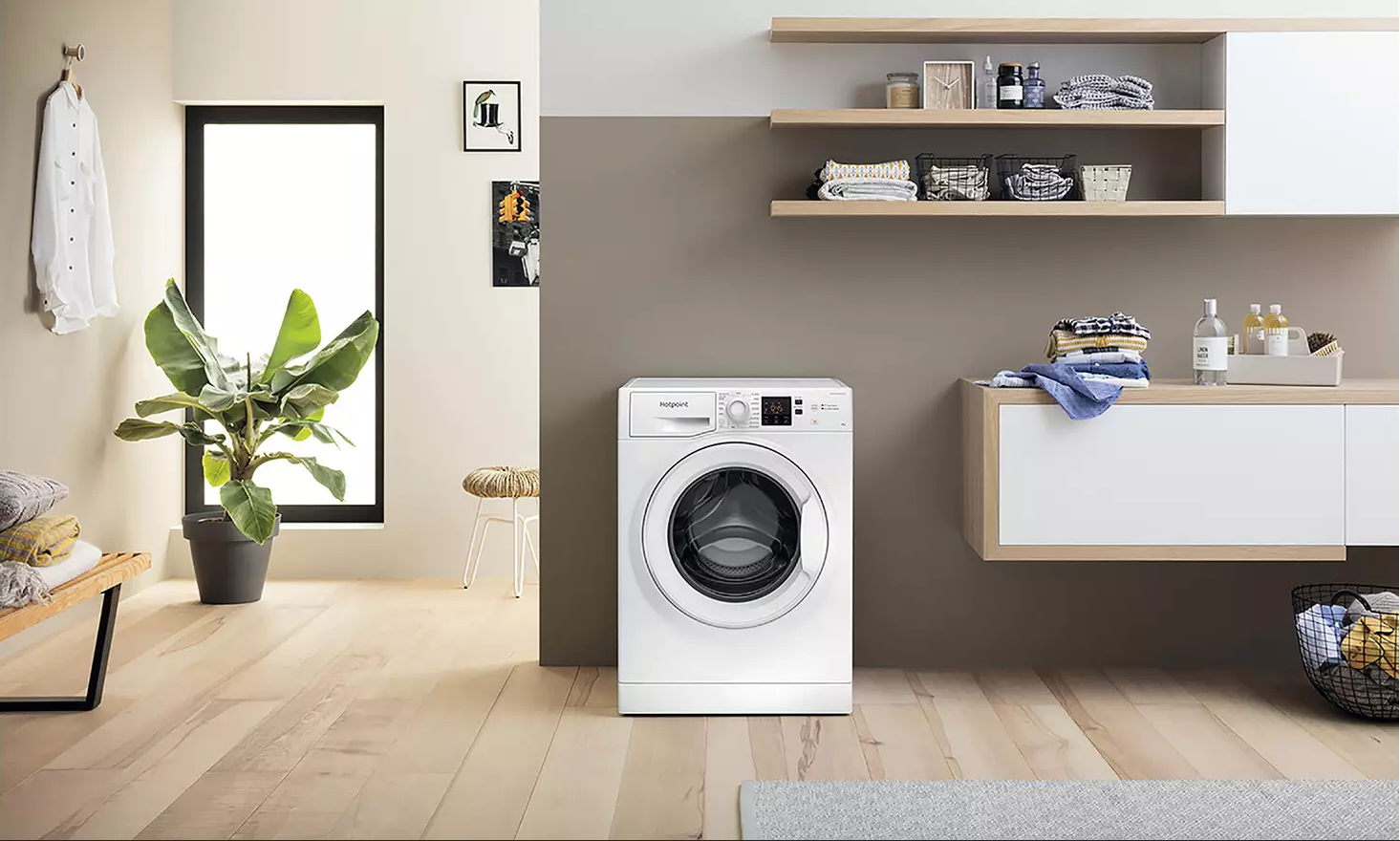
When using your washing machine, you may have come across the terms overloading and underloading. For many, these terms are known as guidance to ensure you put the correct amount in the appliance for the drum size.
Overloading
Overloading refers to when too much has been put in for a cycle. The way in which items are cleaned can be affected by overloading. For example, if a large number of items is put in for a cycle it is unlikely to get properly soaked or immersed into the water. As a result, this means the cleaning may not be efficient. It also leaves the clothes at risk of becoming more creased during the cycle as there is a lack of movement or space. Overloading an appliance can also add extra stress to the motor and affect the alignment of the drum. This is because it is trying to spin a bigger load than it is designed to do.
Overloading doesn’t only refer to the number of items, but can also happen as a result of the size and weight of the items. It is important to consider the weight of larger items alongside the drum size. A large duvet may be unsuitable for an appliance if the machine has a small drum size, so this one item alone may result in the appliance being overload.
Underloading
Underloading is essentially the opposite of overloading, whereby too little has been put in for a spin. By doing this, it can risk off-balancing the spin cycle and result in excessive vibrations and banging noises. This is because it is designed to spin a heavier cycle and thus cannot balance correctly with the lighter weight. Aside from the issue with the appliance itself, a main concern is the cost to the consumer. By running a spin cycle with a small load, it is wasting energy and detergent. This means that the cycles will not be cost effective as a consumer.
Always refer back to your manufacturer’s instruction book to find out what is most appropriate for your appliance.